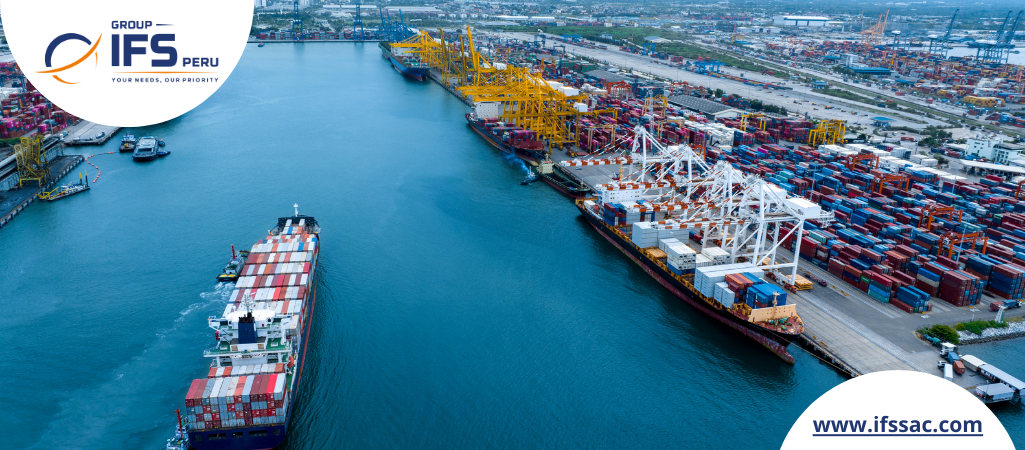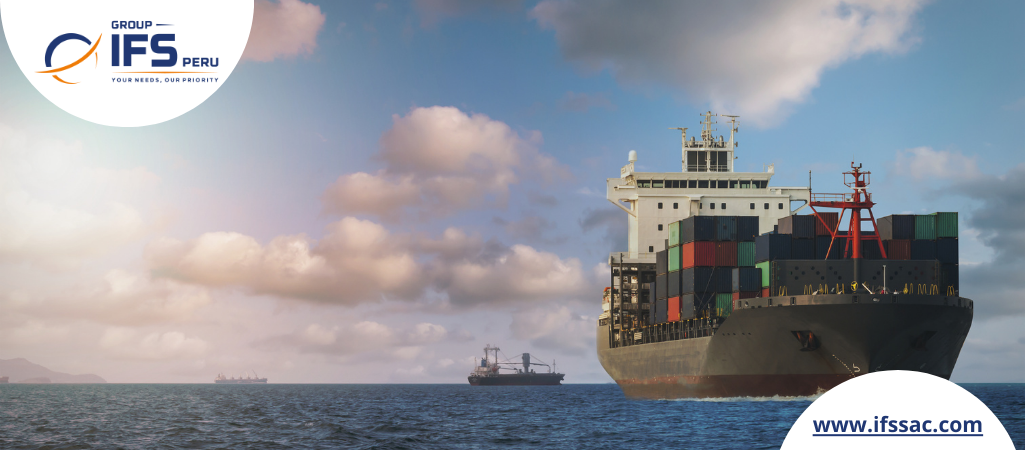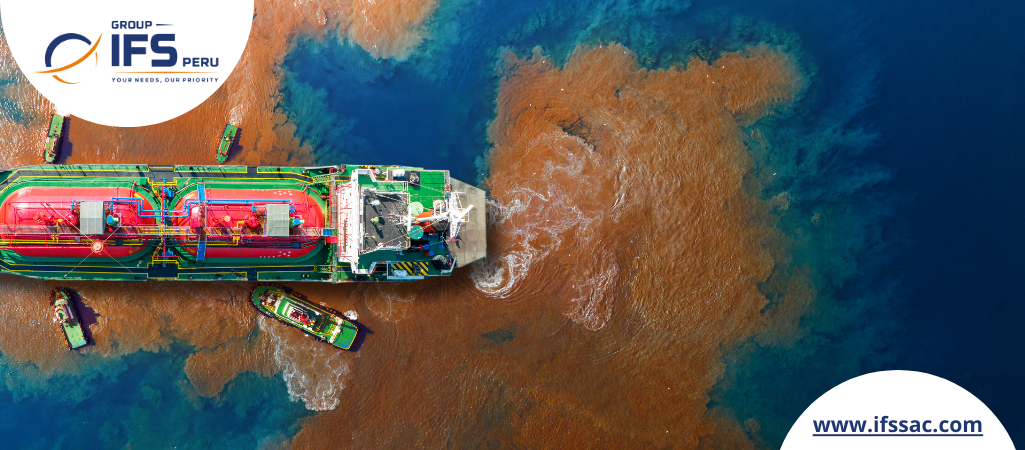The global maritime transport landscape is experiencing significant disruptions, according to a recent report from Swiss Re. The insurer has revealed in a chart the drastic changes in the world maritime map in recent years, highlighting the complexities the industry faces due to disruptions in various key regions.
“The pressure on global shipping routes is creating tensions in global supply chains again, shortly after the acute disruption experienced during the pandemic,” noted Swiss Re in its report titled “Navigating disruptions in maritime transport: signs of rough seas ahead.”
In the report, Swiss Re presents a chart depicting shipping capacity that transited through the world’s major chokepoints in tons from 2019 to last month.
“The Panama Canal and the Suez Canal/Bab el-Mandeb route are just two of a number of maritime transport chokepoints, many of which have seen large increases in traffic since 2019,” the report stated, adding, “Growing geopolitical risks may threaten trade through those areas as well. More frequent droughts are likely to jeopardize transit volumes in the Panama Canal, and climate change is already affecting river transport, as seen on the Rhine and the Mississippi. We view these as headwinds to the long-term resilience of global maritime trade.”
Mark Williams, founder of the consultancy Shipping Strategy, commented on how the world maritime map has changed in recent years, indicating that “Russia’s war in Ukraine and the multifaceted conflict in the Middle East have had direct impacts on maritime transport, generating inefficiencies and increasing costs for cargo owners.”
Addressing specifically the crisis in maritime transport in the Red Sea, the latest data from Clarksons Research shows that, earlier this month, average arrivals of tanker ships in the Gulf of Aden had decreased by nearly 60% compared to the first half of December, while arrivals of bulk carriers had decreased by 55%. Container analysts suggest that up to 90% of ships heading for the Asia-Europe trade route have switched to the Cape of Good Hope route.
In conclusion, the water crisis is creating additional delays, with an average increase of six days in the scheduled transit time to the Port of Savannah from all ports worldwide. The additional costs of diverting a tanker from Asia to Northwest Europe via the Cape of Good Hope represent an additional cost of $932,905 per trip, according to a recent report from LSEG Shipping Research. The complex interconnection of geopolitical events, maritime security concerns, and global trade dynamics highlights the multifaceted challenges facing the shipping industry in the current scenario.
Source: Information based on Swiss Re’s report





